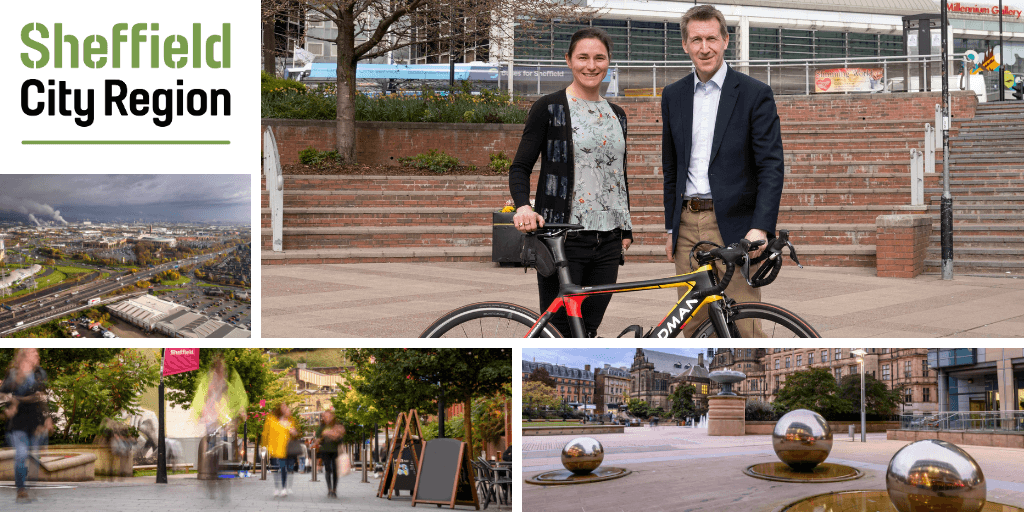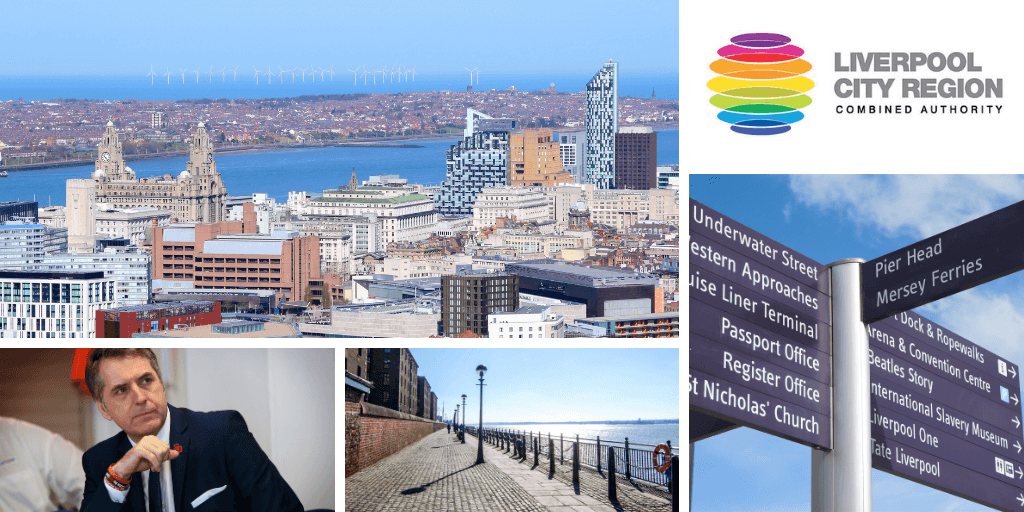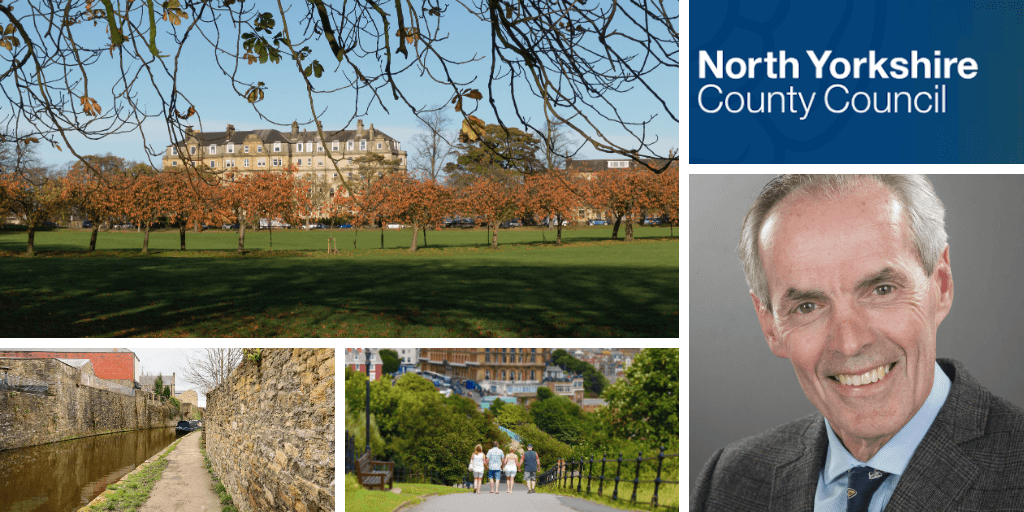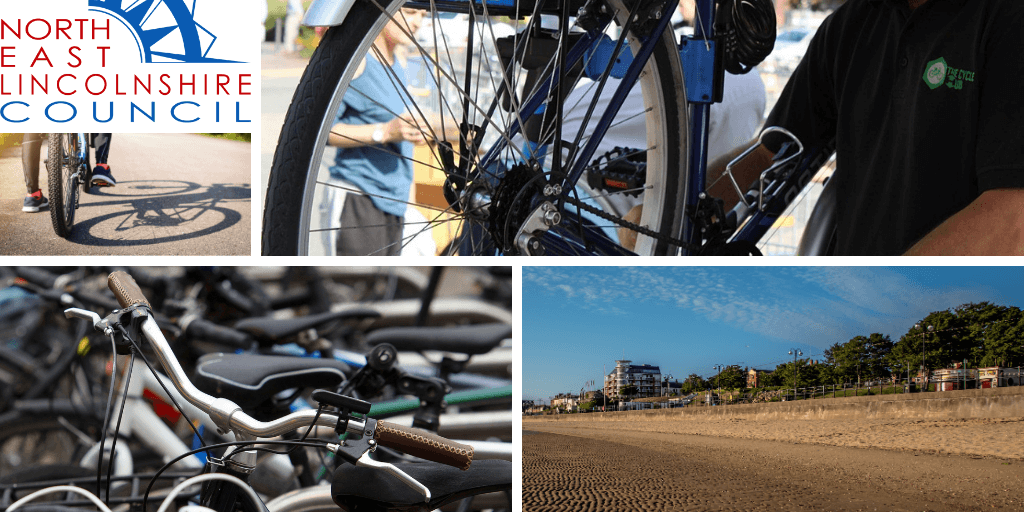Active travel has been on the agenda for the transport authorities in the North of England, long before the COVID-19 pandemic challenged everyone’s sense of normality.
As an effective means of reducing car traffic and air pollution, all while keeping the public moving, active travel initiatives are key in helping to prevent climate change.
The available government funding is needed now more than ever, to ensure new active travel projects are supported and delivered across the region.
Transport for the North has written to Transport Secretary, Grant Shapps, urging investment into key transport initiatives, which will help to rebuild the North’s economy in the wake of the global pandemic.
This urgency is also key consideration amongst local transport authorities and councils in the North, with a number of them keeping active travel firmly on their agenda, creating initiatives, and calling for investment boosts.
Here, we highlight key active travel schemes taking place across road and rail in the Sheffield City Region Combined Authority, Liverpool City Region Combined Authority, North Yorkshire County Council, and North East Lincolnshire, and their many benefits.

Following the region’s recent landmark devolution deal (laid in Parliament on 29th June), policymakers in South Yorkshire will be hoping for new powers and millions of pounds of funding. When approved, the historic deal will mark a significant breakthrough for the region, helping local leaders to recover from the pandemic.
The Sheffield City Region has been committed to active travel for some time now; appointing Paralympian Dame Sarah Story as Active Travel Commissioner in April 2019 was an important milestone for the region, and a chance to identify significant active travel opportunities.
During lockdown, Dame Sarah and MP Dan Jarvis released an Active Travel Implementation Plan for the region, suggesting investment in cycling and walking routes. The plan, which sets out the transformation that communities could expect in the next 20 years, presents a fully connected network of more than 620 miles of cycling and walking routes, plus 800 safe crossings, and approximately 200 square miles of low-traffic neighbourhoods.
According to the plan, in South Yorkshire, driving is still the first option for 40% of journeys of 1 km or less. Building an Active Travel Network will give people the chance to consider new travel options which will benefit both physical and mental health, as well as the environment.
The current circumstances have emphasised the need for investment in infrastructure. Speaking at a Westminster Forum conference, Dame Sarah mentioned there is growing support for active travel schemes, due to the positive environmental effects seen from less people using cars during lockdown.
It was also stressed that as we move to a new ‘normality’, it is vital to use walking and cycling as a way to bring the country back to health.
Active travel is also economically beneficial, as Dame Sarah highlighted: “The statistics show that those on foot or on bikes are more likely to visit their local high street more frequently and spend more, than those in cars, and that improving walking and cycling provisions is a tried and tested way for high streets to attract increased footfall.”

Liverpool City Region Combined Authority believes in a people-powered future, to such an extent that in autumn 2019, Metro Mayor Steve Rotheram, launched his campaign for a ‘walking and cycling revolution’. Enabling people to walk or cycle to work is an important step for the region, and the active travel programme will play an even more important role in the future, as the region looks to reduce its carbon emissions.
Before the pandemic, Liverpool City Region’s research showed that 71% of residents supported the creation of safe separated cycling and walking routes. For 2020, more than £30m in funding has been committed, with plans for the development of a 600km network of new and upgraded foot and bike paths across all six local authority areas – Halton, Knowsley, Liverpool, St Helens, Sefton and Wirral.
In response to the COVID-19 pandemic, and knowing that safe active travel options are a priority for the population, Mayor Rotheram and Walking and Cycling Commissioner Simon O’Brien have accelerated and broadened the city region’s active travel programme, with backing provided by the Department for Transport’s emergency active travel fund. These include pop-up cycle lanes, expanded footpaths in key locations and the installation of new bike storage.
Simon O’Brien stressed that by cycling and walking more, everyone can take pressure off the public transport services, “which will continue to have greatly reduced capacity due to vital ongoing social distancing measures”, he said.
“This virus has taken a terrible toll on our city region, but we now have the opportunity to look at how we can change things for the better in the future – and travelling more by cycling and walking will be a big part of that.”
The Combined Authority has set a target to become zero carbon by 2040, and initiatives that support walking and cycling play a huge part in this. These measures have helped them to successfully cut 1600 tonnes of carbon emissions per year in the city region.

North Yorkshire County Council has drafted its ‘Local Cycling and Walking Infrastructure Plans’, which are a number of initiatives which support active travel across the county, which is more important now more than ever in terms of recovery post COVID-19.
The Council is proud to engage with a variety of walking and cycling groups from across the region to tap into their insights and ideas, invaluable for informing its active travel initiatives. This was seen through the Council’s latest bid for the Government’s Emergency Active Travel Fund, where they launched an online portal for members of the public to suggest improvements to walking and cycling facilities across the region.
North Yorkshire played a leading role in a successful bid to the Government’s Transforming Cities Fund, achieving an award worth £31m, which was targeted at improving cycling and walking provisions at transport gateways in Harrogate, Selby and Skipton.
North Yorkshire County Councillor Don Mackenzie, Executive Member for Access, said: “In North Yorkshire, we have a long-standing commitment to support and promote active and sustainable travel and it remains a priority for us. It is important for numerous reasons, including personal health and well-being, offering alternatives to the car – and, during the Covid-19 pandemic, to public transport – and for the reduction of congestion and improvement in air quality.”
Cllr Mackenzie added: “We will pursue any and all opportunities to secure funding to enhance the options available for North Yorkshire residents to use safe, efficient and well-connected walking and cycling infrastructure and facilities.”

Like other local transport authorities, North East Lincolnshire Council relies on local capital funding or external funding bids to deliver active travel projects. The pandemic has brought uncertainty, as the region recognises that to improve active travel networks, funding capital infrastructure and revenue support is essential.
In the past few years, North East Lincolnshire Council and its regeneration partner, ENGIE, has successfully implemented active travel initiatives, including; community and workplace-based bike events, bike recycling with bikes being returned to people in more deprived communities, cycle hubs and ‘bikeability’ training. To continue to enable these projects, as well as delivering adequate maintenance to new infrastructure, funding is necessary.
Active travel has been a priority for this Council for a long time – with the area boasting higher than average levels of cycling, especially in the less affluent parts of the borough. Going forward, cycling will become even more important as using a private car comes with financial and environmental costs.
The Council, which focuses on pro-growth and low carbon emissions, will have to continue to invest in active travel infrastructure, especially in areas where public transport links do not meet demand. The borough recognises that active travel initiatives are also beneficial to the population’s health, as unfortunately there are local health inequalities in the region which need improving.
For all these reasons, the Government’s new national plan for cycling was welcomed by the region, which is currently trying to make the most of the national conversation around active travel to secure significant investment in walking and cycling measures.
As we move into a post-COVID-19 world, there are some the key initiatives in place to support recovery. The introduction of new and/or improved cycle infrastructure along two primary corridors in North East Lincolnshire is one of them.
The Council and ENGIE are working with the Greater Lincolnshire LEP to hopefully secure new off-road cycle routes along the Humber Bank, but also linking more deprived areas to new job opportunities. This will not only support and enable people to be more eco-friendly on their commute, but it will also allow the local authority to benefit economically from new jobs in the local area.
Obviously, there have been many positive changes made in the way of encouraging active travel and the improvement of facilities, with lockdown serving as a springboard for positive action. The results have been extremely promising, with significant drops in levels of carbon emissions and pollution, as well as car traffic, and we’d like to see this continue with the Government’s welcome steps towards ensuring an increase in active travel, not just in the North, but nationwide.